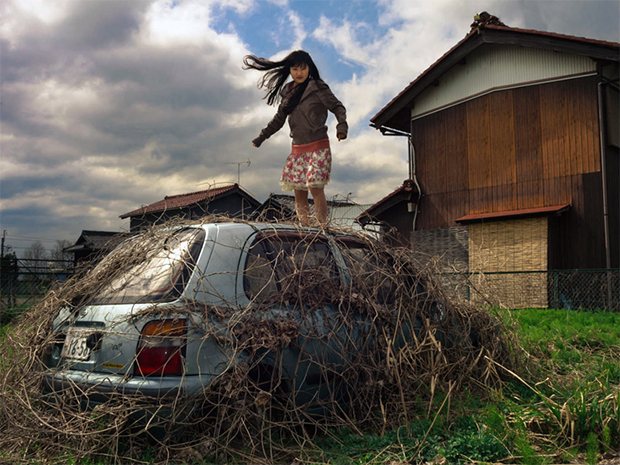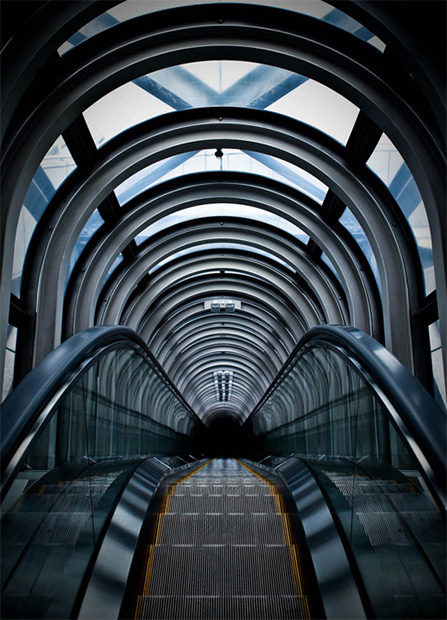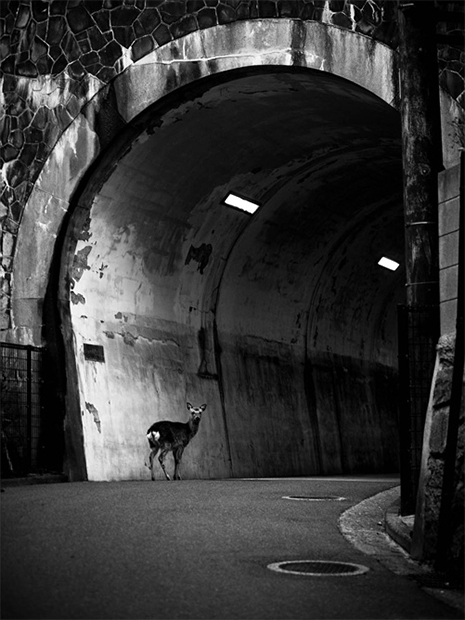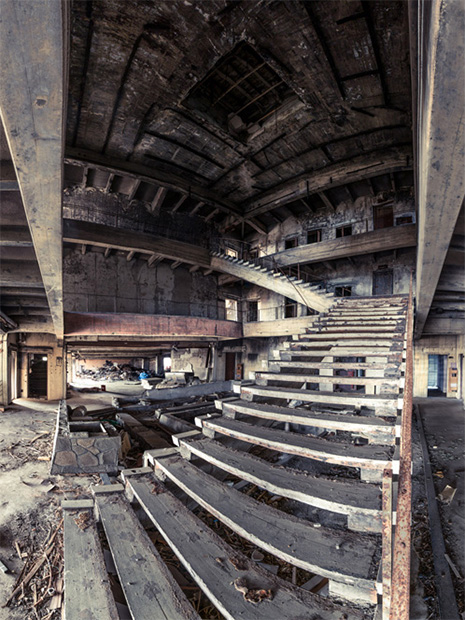A little-known side of Japan is the subject of photographer Hamish Campbell's upcoming solo exhibition of ultra-high-resolution images at Artsite Gallery in Camperdown, NSW.
Exploring themes of isolation and abandonment, Campbell focuses on some of the unusual relics of post-war and post-industrial Japan, including run-down buildings, deserted factories, and remote villages.
The project was motivated in part by Campbell's sense of being an outsider as an Australian living in Japan.
"I know that I am alone, which means I know that I am different, which, for better or for worse, is an extremely comforting feeling to someone trying to find their own voice," he says.
"This isolation parallels Japan’s own cultural history. Self imposted isolation has led them to develop a very nuanced and rich culture which is above all unique. I don’t truly believe that what I do is completely unique, but living in Japan, I can sometimes fool myself into thinking that it is, which allows me to see and feel things I could never dig out of myself sitting at home in Sydney."
Motivated by a desire to capture a memory of a space rather than a moment in time, Campbell takes a number of exposures of a location before stitching the pictures together in post to create the final ultra-high-resolution image.
"The elements which give you a sense of space are not necessarily contemporaneous. They are additive, like light. If you sit on a bench at a beach and observe a seagull fly by, then a ship pass in the distance, then a child falling over, all these elements combine to create a memory of the space in your mind, even if the individual events did not occur simultaneously."
In creating an image Campbell will often shoot 50-100 pictures of a place, sometimes over a period of several hours.
"I am able to hone in on the important details as they happen. I then put all the pieces back together into a whole whose details build on one another to create a total memory of the space...allowing me to 'do justice' to my memory of the space."
Isolation – The Japan Photographs will be opened by Dr Mathew Stravos, Senior Lecturer, Japanese Studies, University of Sydney, at 3pm on Sunday 4 May. The exhibition is part of the Head On Photo Festival and runs from 3-25 May.
Artsite Gallery is located at 165 Salisbury Road, Camperdown, NSW. The gallery is open Wednesday to Sunday 11am – 5pm.
On the island of Ōkunoshima in the Seto Inland Sea, a secret poison gas facility experimented on rabbits during the war. Today, rabbits now live freely amongst the gutted facility’s ruins. This ultra-high-resolution image, comprises over 100 stitched images. Use the + and - icons to zoom in and out of the image. Photo by Hamish Campbell.

'Kuroneko'. Kuroneko means 'black cat', the name of a ubiquitous delivery service in Japan. This deliveryman is returning from delivering a package to Momochi Seaside Resort, an artificial wedding and reception area constructed on reclaimed land over the ocean in Fukuoka. Photo by Hamish Campbell.

'虎姫 (Torahime)'. A young woman living in the dying town of Torahime (means 'tiger princess'), which, in contrast to its fierce name, is an aging town which lost its autonomy several years ago when it was dissolved into a neighbouring municipality. Many buildings are left abandoned as the work in the rice fields becomes too hard for its ageing residents. Bamboo forests which were once neatly trimmed borders between properties slowly overwhelm outlying toolsheds, and eventually entire houses. Photo by Hamish Campbell.
Umeda Sky. Escalator crossing from the top of one 40 story tower to another in Umeda. Photo by Hamish Campbell.
Miyajima, Hiroshima. Photo by Hamish Campbell.
Lobby of a massive resort hotel gutted by fire. Steel reinforcements creak and sway in the breeze that passes from the top of the hotel and out the front door. Photo by Hamish Campbell.









